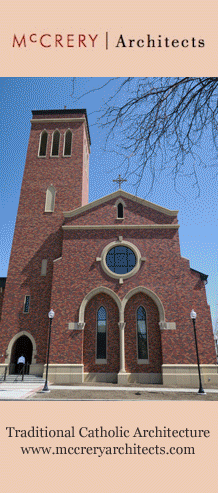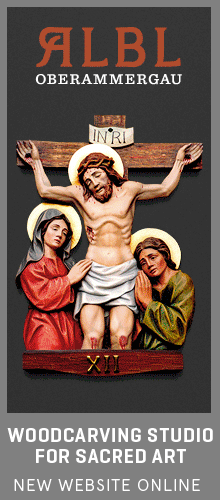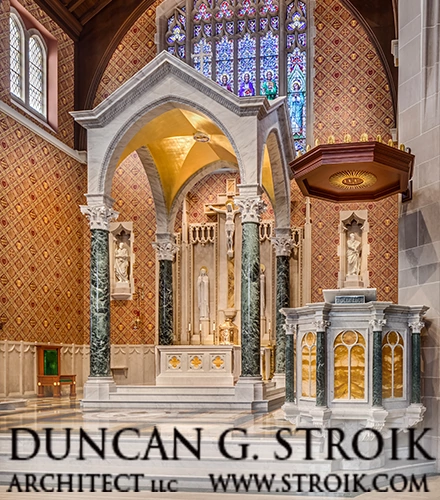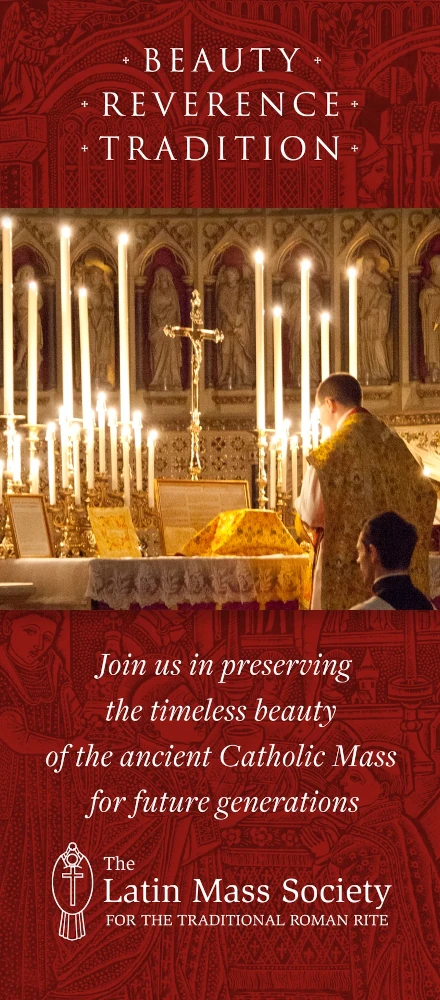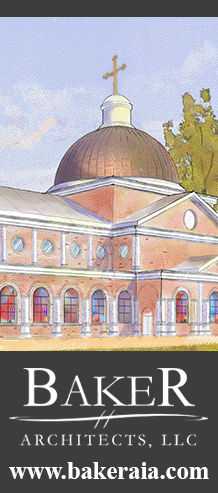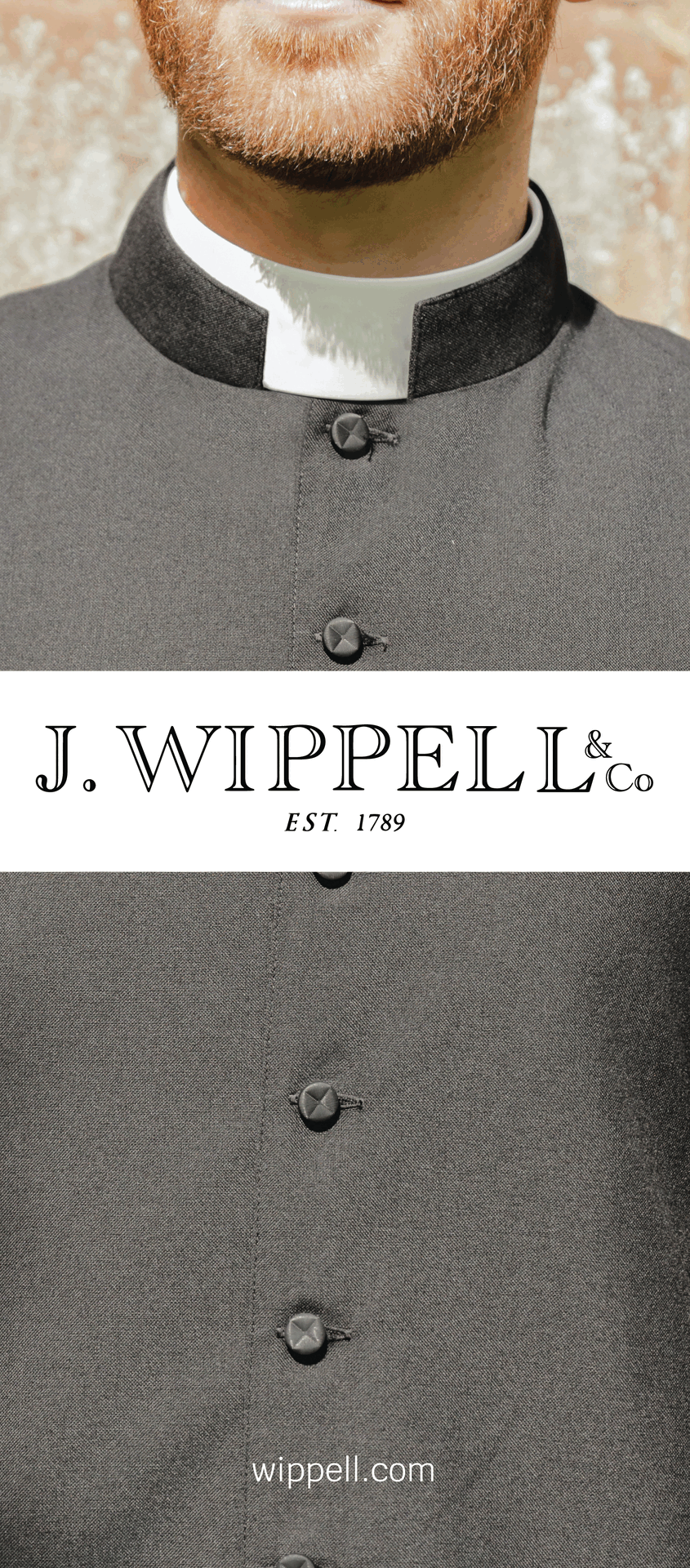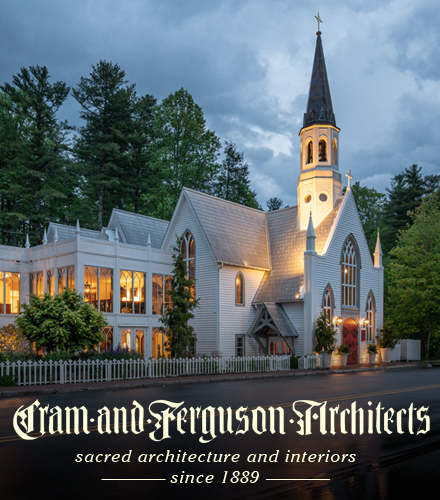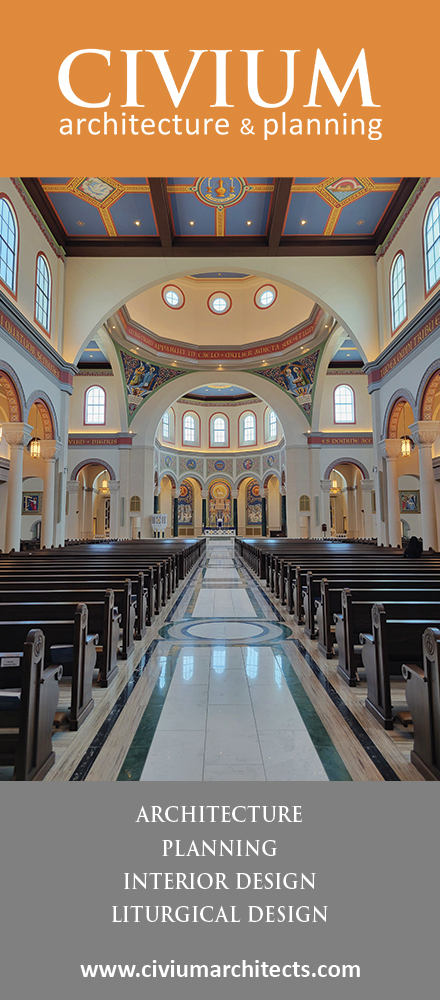On the very day of the beginning of Roman Lent, and after kind invitation of Mr. Shawn Tribe, I'd like to submit to NLM readership's attention some introductory remarks about the Ambrosian Lent, which will begin some days later than the Roman one, that is on the First Sunday of Lent, also traditionally known as Dominica in Capite Quadragesimae.
In this first post, I'd like to focus on some distinctive, general features of the Ambrosian Lent.
The structure of the order of the readings, some more in-depth considerations about the rites proper to Lent, and the historical perspective of these features will hopefully be the topic of another post I'll write in the next few days.
1) I've already mentioned the first features in the introductory paragraph: the Ambrosian Lent is shorter than the Roman one. It now begins with the First Sunday of Lent. Before St. Charles's reforms it began on the Monday after the Dominica in Capite Quadragesimae, which was considered a festive day.
This was the custom also for the Roman Rite until the high Middle Age, retained only by the Ambrosian Rite, and later considered as an "exception".
2) In the traditional rite, ashes aren't distributed at the beginning of Lent, but at the first day of the Litaniae triduanae -the Ambrosian version of the Roman Rogations, but falling after Ascension Thursday.
3) There exist three pre-lenten Sundays, as in the Roman Rite, but these Sundays are only semi-penitential: during Sunday Masses the Gloria and the Halleluja are retained, in fact.
4) The Ambrosian Lent is "aeortological" i.e. no Saints' feasts are celebrated during Lent, in order to draw all the attention only to the great mistery of Our Lord's Death and Resurrection. All Saints' feasts falling inside Lent must be translated after Easter.
5) Lenten Fridays are aliturgical, i.e. no Mass can be celebrated by any Ambrosian Rite priest on those days. Para-liturgical devotions, first of all the via Crucis, have always been very common instead.
6) On every Sunday of Lent, the Gloria is alternately replaced by two most ancient litanies, probably of eastern origin, known as "Divinae pacis" and "Dicamus omnes" from their respective beginning words
7) In the Ambrosian Lent, there's no distinction between Lent and Passiontide.
8) Statues and images are covered as in the Roman Rite, but the Cross/Crucifix is always kept uncovered.
9) The liturgical colour of lenten feriae is black for every day. Only for Sundays, the Ambrosian variant of liturgical violet, called "morello", is used.
The liturgical colour from the Saturday before Palm Sunday -called Sabbatum in traditione Symboli- is red.
In this first post, I'd like to focus on some distinctive, general features of the Ambrosian Lent.
The structure of the order of the readings, some more in-depth considerations about the rites proper to Lent, and the historical perspective of these features will hopefully be the topic of another post I'll write in the next few days.
1) I've already mentioned the first features in the introductory paragraph: the Ambrosian Lent is shorter than the Roman one. It now begins with the First Sunday of Lent. Before St. Charles's reforms it began on the Monday after the Dominica in Capite Quadragesimae, which was considered a festive day.
This was the custom also for the Roman Rite until the high Middle Age, retained only by the Ambrosian Rite, and later considered as an "exception".
2) In the traditional rite, ashes aren't distributed at the beginning of Lent, but at the first day of the Litaniae triduanae -the Ambrosian version of the Roman Rogations, but falling after Ascension Thursday.
3) There exist three pre-lenten Sundays, as in the Roman Rite, but these Sundays are only semi-penitential: during Sunday Masses the Gloria and the Halleluja are retained, in fact.
4) The Ambrosian Lent is "aeortological" i.e. no Saints' feasts are celebrated during Lent, in order to draw all the attention only to the great mistery of Our Lord's Death and Resurrection. All Saints' feasts falling inside Lent must be translated after Easter.
5) Lenten Fridays are aliturgical, i.e. no Mass can be celebrated by any Ambrosian Rite priest on those days. Para-liturgical devotions, first of all the via Crucis, have always been very common instead.
6) On every Sunday of Lent, the Gloria is alternately replaced by two most ancient litanies, probably of eastern origin, known as "Divinae pacis" and "Dicamus omnes" from their respective beginning words
7) In the Ambrosian Lent, there's no distinction between Lent and Passiontide.
8) Statues and images are covered as in the Roman Rite, but the Cross/Crucifix is always kept uncovered.
9) The liturgical colour of lenten feriae is black for every day. Only for Sundays, the Ambrosian variant of liturgical violet, called "morello", is used.
The liturgical colour from the Saturday before Palm Sunday -called Sabbatum in traditione Symboli- is red.



